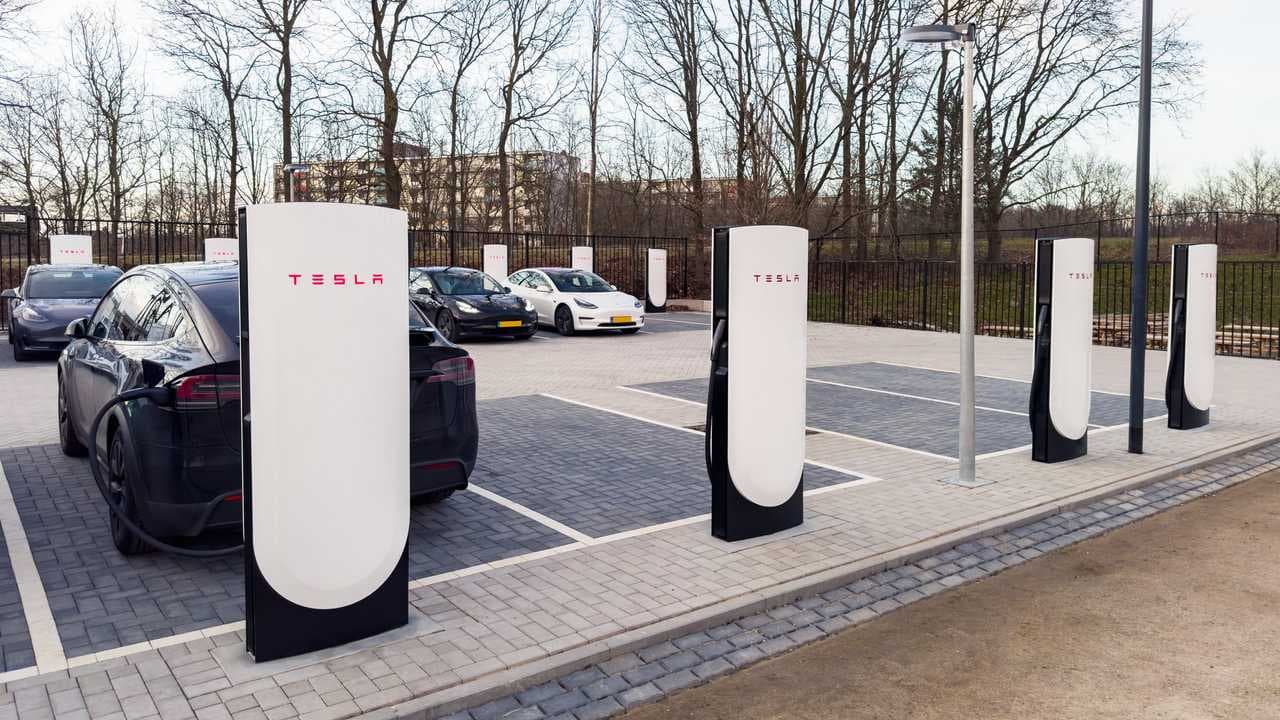Tesla V4 Supercharger Stalls Number 222, Significantly Trailing V3 and V2 Deployments

Recent claims circulating on social media suggest that Tesla's V4 Supercharger stalls now outnumber their V3 and V2 predecessors. However, data indicates a different reality, with V4 Superchargers representing a small fraction of Tesla's extensive charging network. As of early 2025, only 222 V4 stalls are operational across North America, according to crowdsourced information from Supercharge.info.
This figure stands in stark contrast to the vast majority of the network, where V3 Supercharger locations number 1,812, and V2 stalls account for 682 sites. A social media post from user K10✨ stated, "> Tesla V4 Superchargers stalls outnumber V3 & V2 🔌🪫🔋", a claim not supported by current deployment statistics. Tesla's total Supercharger network in North America comprises 2,656 stations.
The V4 Superchargers, which began rolling out in early 2023, are designed with several advancements. These include longer cables to accommodate a wider range of electric vehicles, potential for significantly higher power outputs up to 350 kW (with future upgrades to 650 kW or even 1.2 MW for Megacharger cabinets), and integrated credit card readers for easier access by non-Tesla vehicles. This strategic upgrade aims to future-proof the network and enhance compatibility.
Despite the advanced features, the rollout of V4 infrastructure has been more gradual than some might anticipate. The V4 stalls are characterized by their distinctive monolith-like white-and-black design and include both Tesla NACS plugs and built-in adapters for non-Tesla EVs, facilitating broader access to the network. Tesla continues to expand its charging infrastructure, with 103 V4 sites reportedly under construction.
Globally, Tesla operates over 7,000 Supercharger stations with more than 65,800 connectors as of January 2025, making it the largest fast-charging network worldwide. While V4 represents the future direction for Tesla's charging technology, the V3 and V2 generations currently remain the backbone of the Supercharger network, serving the vast majority of electric vehicle charging needs.